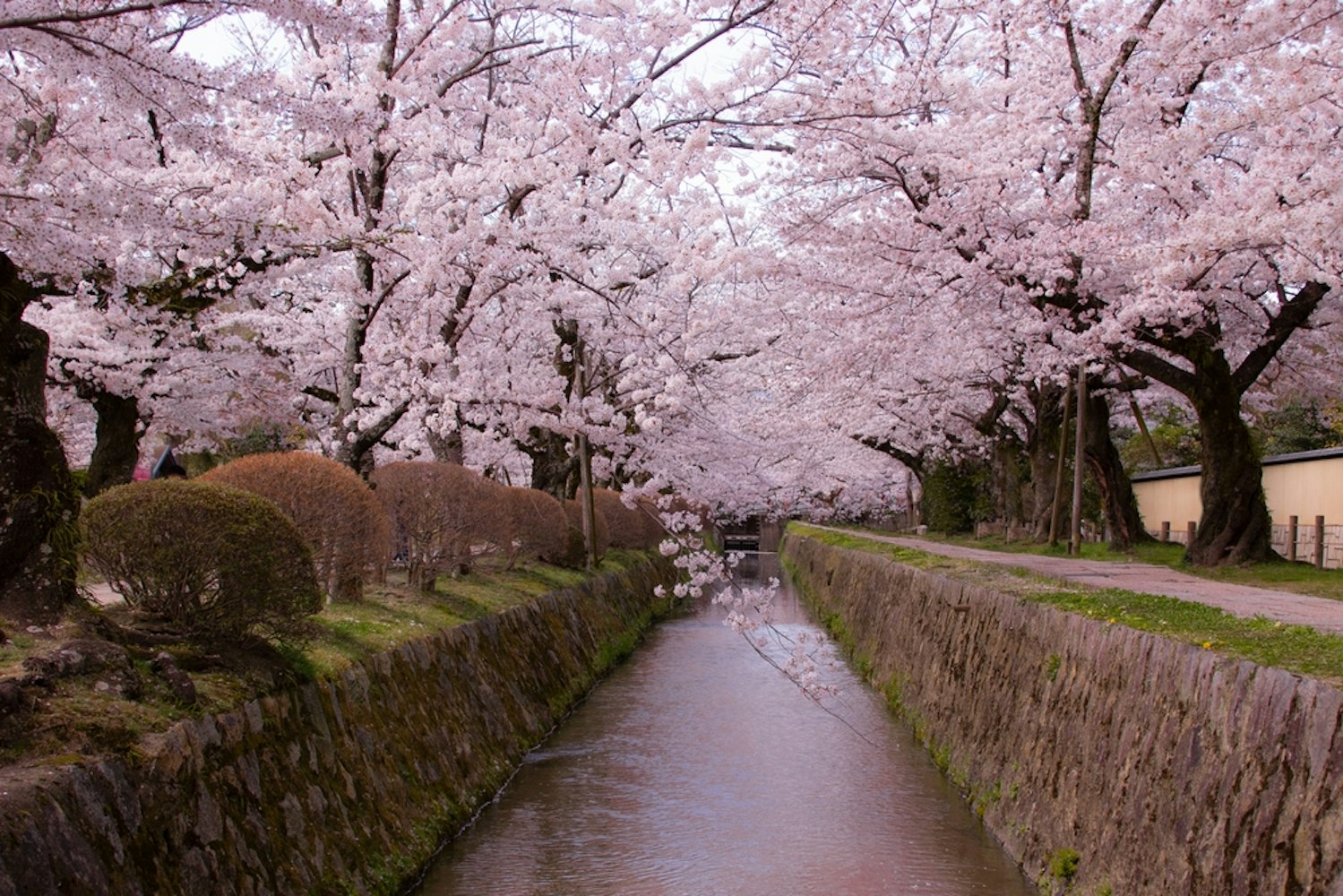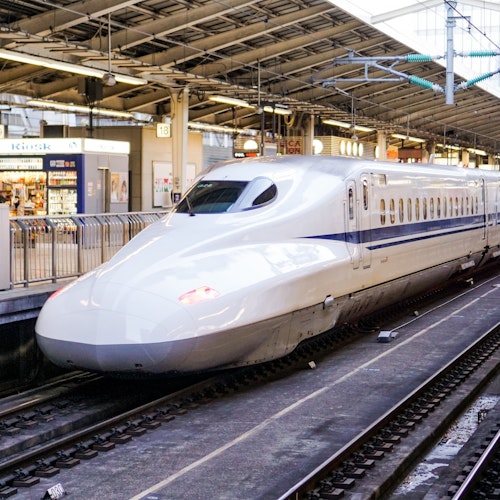

Gion is one of the most famous areas in Kyoto, known for its history, traditional streets, and rich culture. It’s a place where you can experience the charm of old Japan while enjoying modern comforts. From the wooden townhouses to the geisha traditions, Gion feels like a step back in time.
This district is full of things to see and do. You can walk through quiet streets, visit beautiful temples, enjoy local food, and even take part in a traditional tea ceremony. Whether it’s spring with cherry blossoms or autumn with colorful leaves, Gion is stunning in every season.
This guide will take you through 15 of the best things to do in Gion, helping you explore the highlights of this unique and beautiful part of Kyoto. Let’s dive in!

Experience the historic charm of Kyoto's Gion District on a 3-hour guided evening tour.
One of the best ways to appreciate Gion is by walking through its historic streets. The area is home to Hanami-koji Street, a main thoroughfare lined with traditional machiya (wooden townhouses). These centuries-old structures have been beautifully preserved and now house tea shops, restaurants, and galleries. Walking down this street, you’ll feel transported to the Edo period as you admire the lattice windows and tiled roofs.
A lesser-known but equally charming area is Shirakawa Minami-dori, a quieter street along the Shirakawa Canal. Willow trees drape over the water, and stone bridges connect cobblestone pathways. It’s an ideal spot for an early morning walk or a peaceful evening stroll when the streets are softly illuminated by lanterns.

The tea ceremony is a cornerstone of Japanese culture, and Gion offers some of the most authentic experiences. The ritual involves making and serving matcha (powdered green tea) with precise movements that reflect harmony and respect. Participating in one allows you to feel the quiet mindfulness embedded in Japanese traditions.
Several tea houses in Gion, such as Camellia Tea House, provide beginner-friendly sessions where hosts explain the steps and symbolism behind the ceremony. During the experience, you’ll savor wagashi, a type of sweet made to complement the tea’s earthy flavors. Some tea houses are tucked away in old machiya buildings, enhancing the ambiance.

Experience the enchanting world of Gion, Kyoto's historic geisha district, on this 3-hour guided tour.
Gion is synonymous with geisha culture, making it the perfect place to learn about this centuries-old tradition. Seeing a maiko (apprentice geisha) perform is a rare and special opportunity. Dressed in exquisite kimono with ornate hairpieces, maiko perform dances that are elegant and steeped in history.
You can catch these performances at Gion Corner, a cultural theater that showcases traditional arts, including geisha dances, ikebana, and noh theater. Some tea houses and ryokans also offer private performances, where you can enjoy traditional music and dance in an intimate setting. Keep an eye out for maiko walking along the streets in the evening, as it’s common to spot them heading to appointments.

Yasaka Shrine, situated at the edge of Gion, is one of Kyoto’s most famous shrines. Its bright red torii gates welcome visitors to a spacious complex filled with cultural and spiritual significance. This shrine is dedicated to the Shinto deity Susanoo-no-Mikoto and is a place where locals come to pray for prosperity and protection.
One of the best times to visit is during Gion Matsuri, Kyoto’s biggest summer festival, which dates back over 1,000 years. The shrine grounds are lined with food stalls and illuminated lanterns, creating a lively atmosphere. Even during quieter seasons, the area offers a tranquil setting for exploring traditional architecture and participating in purification rituals.

The Philosopher’s Path, located in eastern Kyoto, is a serene stone-paved walkway that follows a canal. It’s named after Nishida Kitaro, a Kyoto philosopher who walked the path while reflecting on life. Lined with cherry trees, this route becomes a must-visit in spring when the blossoms create a canopy of soft pink petals.
The path is surrounded by smaller temples and shrines, offering quiet spots for rest and contemplation. Some highlights include Eikan-do Temple, known for its vibrant autumn leaves, and Ginkaku-ji Temple, also called the Silver Pavilion. It’s an ideal walk for those who want to enjoy Kyoto’s natural beauty and cultural treasures simultaneously.

Explore Kyoto’s highlights on this 4-hour private tour.

A short distance from Gion, Kiyomizu-dera Temple is one of Kyoto’s most iconic landmarks. The temple’s large wooden stage, built without nails, juts out over a hillside, providing breathtaking views of the surrounding forest and cityscape. The sight is especially striking during the cherry blossom season in spring and the autumn foliage season.
Visitors can explore various sections of the temple complex, including the Otowa Waterfall, where streams of water are said to bring good fortune in love, success, or longevity. The nearby streets are filled with souvenir shops selling pottery, sweets, and charms, making this a vibrant destination for sightseeing and shopping.

Embark on a journey to discover the traditional art of Japanese calligraphy.
Gion is a hub for Japanese cultural activities. Visitors can take part in workshops that teach traditional arts, such as calligraphy, where you learn to use brush and ink to write Japanese characters, or ikebana, the art of flower arranging. These hands-on experiences are often led by experts and give you a deeper appreciation of Kyoto’s artistic traditions.
If you enjoy culinary arts, some workshops focus on making wagashi, delicate sweets often paired with tea. You can also rent a kimono for the day and walk through Gion dressed in traditional attire, making for a memorable and culturally immersive experience.

Embark on a 2.5-hour culinary journey through Kyoto's Nishiki Market.
Nishiki Market, known as Kyoto’s Kitchen, is a bustling market with over 100 stalls offering fresh produce, seafood, and street food. It’s a short walk from Gion and a must-visit for food lovers. The market is filled with unique delicacies, including baby octopus stuffed with quail eggs, skewered fish, and seasonal vegetables.
Matcha-based treats are everywhere, from ice cream to cakes. Many vendors offer small portions, so you can sample a wide variety of flavors. For a more filling option, grab a bento box filled with local ingredients. The market is not just about food—it also has shops selling kitchenware, spices, and handcrafted goods.

Gion is home to several zen temples that offer a peaceful retreat from the busy streets. Kodai-ji Temple is particularly popular for its stunning gardens, which combine carefully raked gravel with moss-covered landscapes. The temple also features a bamboo grove that rivals the more famous Arashiyama Bamboo Grove but is far less crowded.
Visiting during the evening is a magical experience, as the temple often hosts illumination events where the gardens and bamboo are softly lit. These temples provide a perfect setting for meditation or quiet reflection.

Spring transforms Gion into a pink wonderland as cherry blossoms bloom across the district. Maruyama Park, located near Yasaka Shrine, becomes a gathering spot for locals and tourists. People spread blankets under the sakura trees for picnics, and the park buzzes with energy.
The park’s centerpiece is a large weeping cherry tree, which is particularly beautiful when lit up at night. Gion’s streets and temples, including Kiyomizu-dera and the Philosopher’s Path, are also adorned with blossoms, making spring one of the best times to visit.

Embark on a personalized cultural photography session in Kyoto.

The five-story Yasaka Pagoda, or Hokan-ji Temple, is a striking landmark that dominates Gion’s skyline. This ancient structure is one of Kyoto’s oldest wooden pagodas, and its elegant design reflects the craftsmanship of its time.
The area around the pagoda is filled with cobblestone streets and small artisan shops. Many visitors come here to take photos, especially in the evening when the area is illuminated. For a unique experience, climb up the pagoda to enjoy panoramic views of Gion.

Discover hidden culinary treasures with traditional, seasoned dishes in Gion.
Gion is known for its exceptional food. Traditional kaiseki meals, made up of multiple courses using seasonal ingredients, are a must-try for those looking to indulge in Kyoto’s culinary heritage. Restaurants in Gion pride themselves on their attention to detail, making each dish an art form.
Desserts like warabi mochi and matcha parfaits are widely available in cafes around Gion. These sweet treats pair perfectly with a cup of freshly brewed green tea. Many establishments in Gion use locally sourced ingredients, ensuring an authentic and flavorful dining experience.

Shopping in Gion offers a chance to bring home a piece of Kyoto. The district is filled with shops selling handmade goods, such as ceramics, fans, and tea sets. Streets like Ninenzaka and Sannenzaka, near Kiyomizu-dera, are particularly well-known for their traditional craft stores.
Food souvenirs, such as yatsuhashi (cinnamon-flavored rice crackers), are popular choices. Many shops provide beautiful packaging, making these treats perfect gifts for friends and family.

As the sun sets, Gion transforms into a peaceful and romantic setting. Several rooftop bars offer stunning views of the Kamo River and the traditional rooftops of Gion. These spots are perfect for enjoying a quiet drink after a day of exploring.
Many bars serve local sake and small plates featuring Kyoto ingredients. The ambiance, combined with the views, makes these venues a great place to unwind and reflect on the day.
Cycling along the Kamo River is a relaxing way to explore Gion and its surroundings. The flat, well-maintained paths make it easy for all skill levels. The route takes you past parks, bridges, and seasonal flowers, offering plenty of scenic stops.
Spring and autumn are particularly beautiful times to ride, with cherry blossoms or vibrant foliage lining the river. Bike rentals are readily available in the area, making this an accessible activity for visitors.

This half-day cycling tour takes you through Kyoto's scenic backstreets.
To make the most of your visit to Gion, try to explore at a slower pace. Take time to walk through the streets, visit a tea house, or enjoy a quiet moment at a temple. Morning and evening are great times to avoid crowds and see a more peaceful side of the area.
If you’re planning to watch a geisha performance or take part in a workshop, book ahead, as spots can fill quickly. When visiting shrines, temples, or traditional spaces, be mindful of local customs, like removing shoes or keeping noise to a minimum. These small actions help you enjoy the experience fully while respecting the culture.
Lastly, make space in your plans to try local food and shop for unique crafts. Gion offers a chance to take home a piece of Kyoto’s tradition through its handmade goods and seasonal dishes. Simple steps like these can make your visit to Gion meaningful and memorable.



